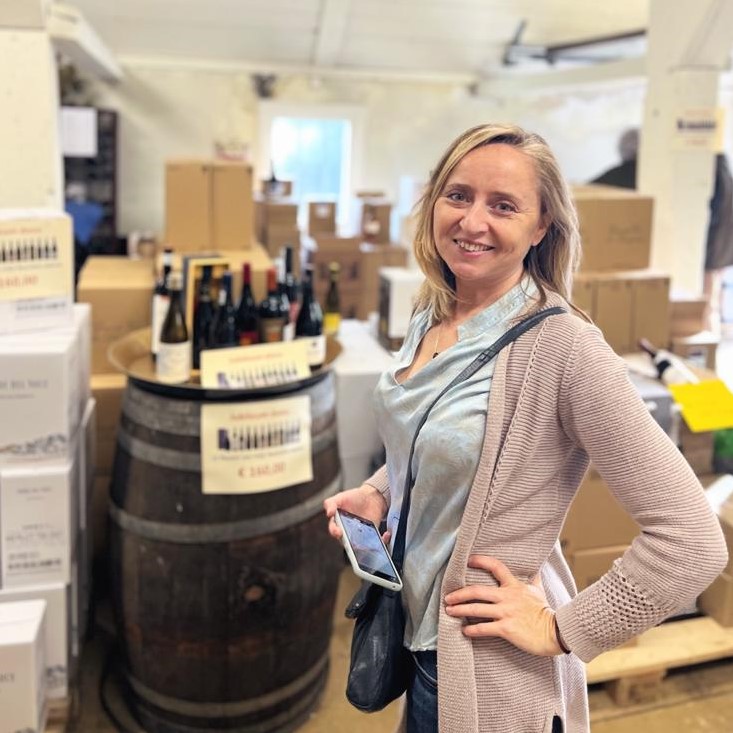Last Updated on November 7, 2025 by Emma Fajcz | Published: April 25, 2023
When you think about food in Amsterdam, your mind probably skips straight to cheese, herring, and beer. But think again. Indonesian cuisine is to the Netherlands what Indian curry is to Britain. And with good reason!
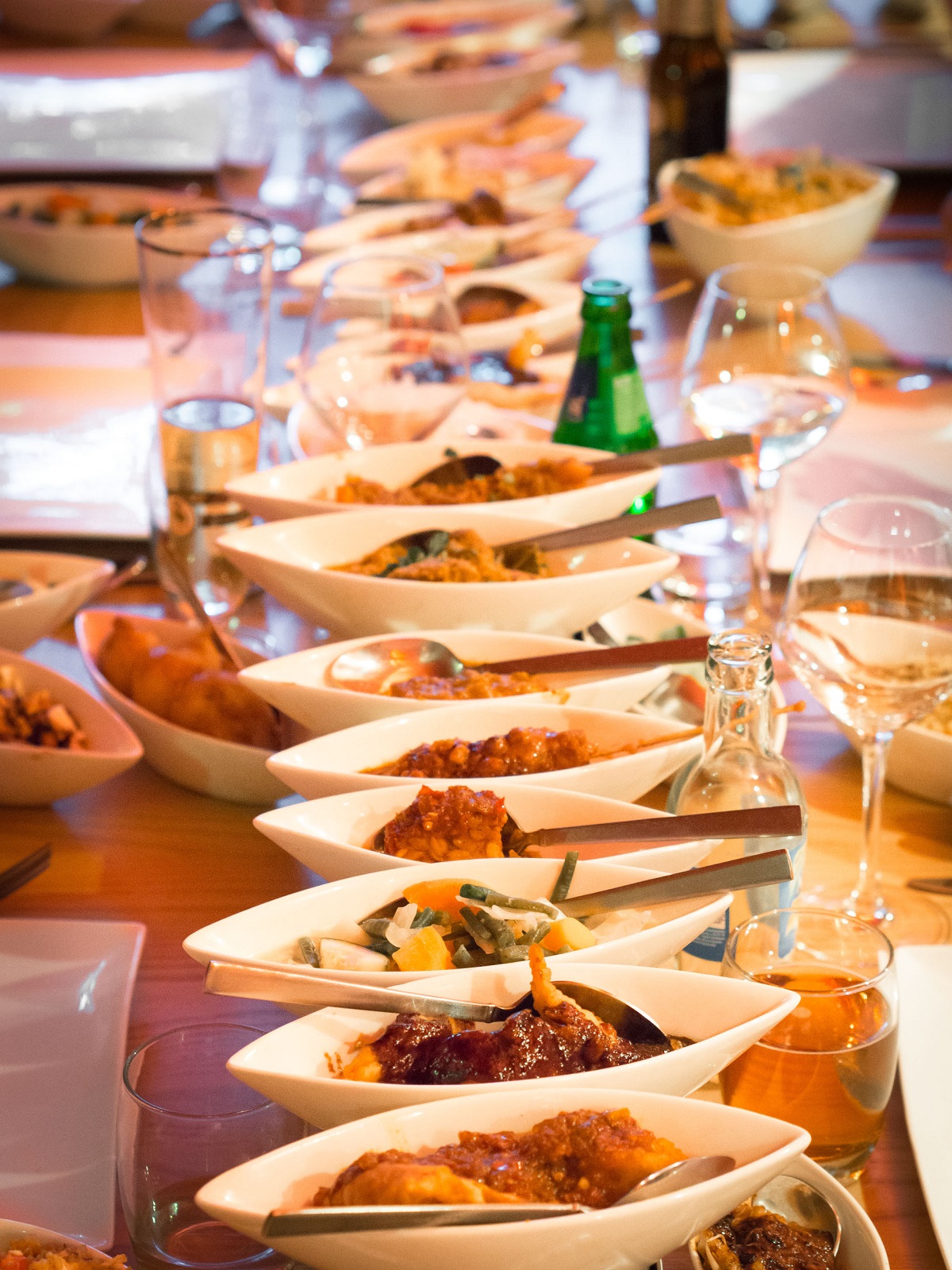
Indonesian food…in Amsterdam?
Like many European countries, the Netherlands has a colonial history with a lot to answer for. Over the course of the 17th century, the Dutch East India Company conquered successive cities from Jakarta to Makassar, and established a monopoly over the Indonesian spice trade. While the Portuguese, French, and British all vied for power at various moments, Indonesia remained largely under Dutch rule until the mid-20th century when the country gained its independence. While such history is clearly problematic, there was one positive thing to come out of it all: Indonesian flavors have had a huge (and hugely positive!) influence on Dutch cuisine.
Go to any Indonesian restaurant in Amsterdam, however, and you’ll be presented with something that’s an entirely Dutch invention: the rijsttafel. Literally translating as “rice table,” it’s a vast selection of small dishes – ranging from mild to spicy – designed to be shared and eaten with rice. Yes, the dishes themselves are undoubtedly Indonesian. But it was the colonial Dutch who introduced the concept of the rijsttafel to impress their guests with the sheer abundance of their dining table. And it’s a tradition that us Dutch folk still love to this day.
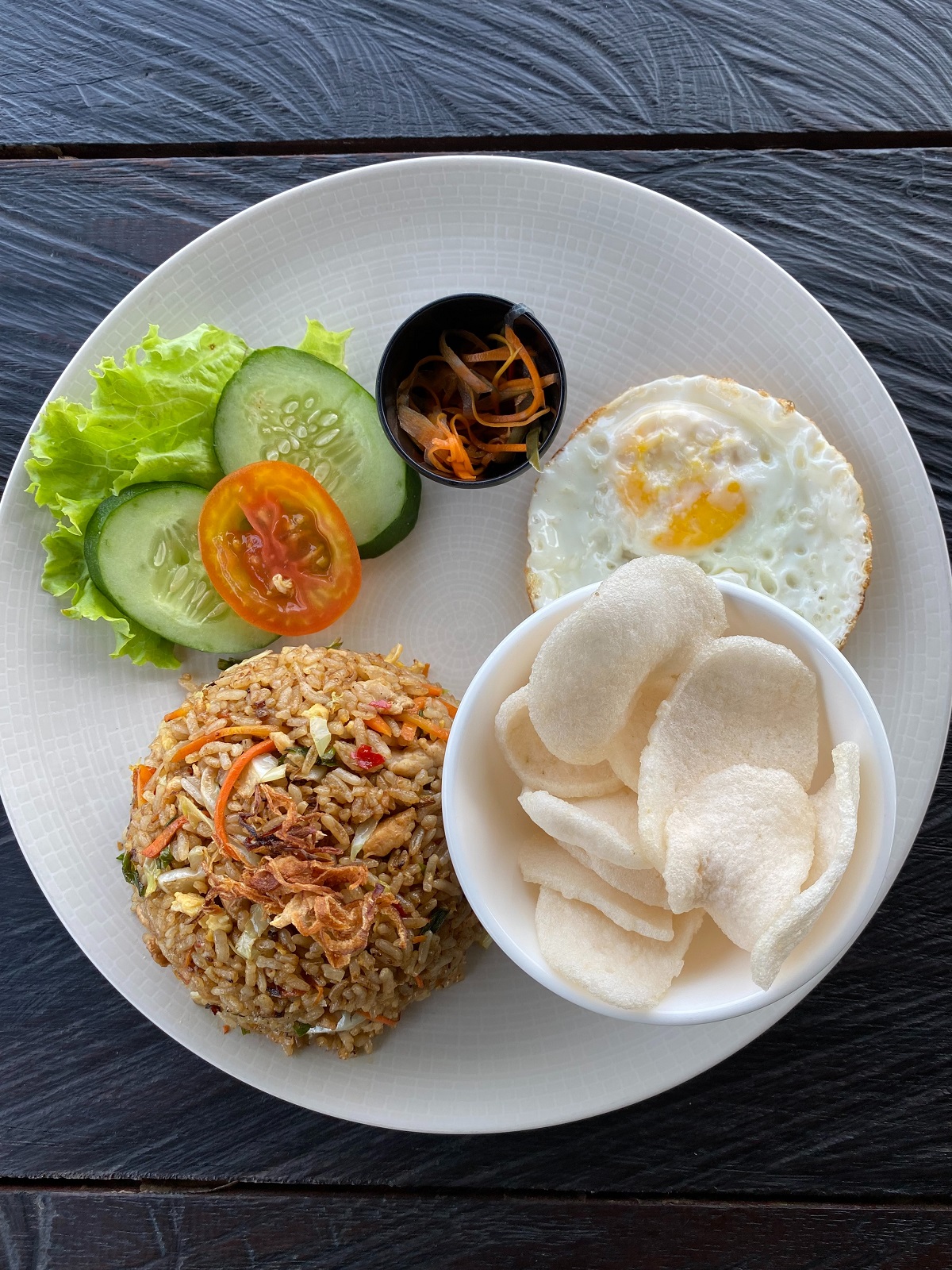
Gather ‘round for rijsttafel
So that’s the history bit out of the way. But what can you actually expect once you’ve ordered your rijsttafel?
Dishes on the milder end of the spectrum might include gado-gado: a salad made up of potato, boiled eggs, and vegetables like green beans, all dressed up in a tasty peanut sauce. Satay almost always makes an appearance – cubes of chicken or goat threaded onto wooden skewers and served with more of the aforementioned peanut sauce or kecap manis (sweet soy sauce).
Then there are the curried dishes – some in a mild coconut-based sauce, others in a spicy chili-based sauce. And absolutely everything is served with rice, sambal (hot chili paste), shredded fried coconut and pickled vegetables.
Hungry for rijsttafel and other Indonesian dishes? Let’s find out where to eat it!
Best Restaurants for Indonesian Food in Amsterdam
Super-central: Sampurna
If you’re staying in the center of Amsterdam, a good bet for Indonesian food is Sampurna – 35 years old and right next to the flower market. Because of its location, you’ll probably see some tourists, but that doesn’t mean the locals don’t go there as well.
Sampurna offers three types of satay, a wide selection of tofu and fish dishes (for those who don’t eat meat), hearty noodle and rice dishes – and of course rijsttafel for those who like to try a bit of everything. There are three rijsttafels available, and they offer good value for such a central spot.
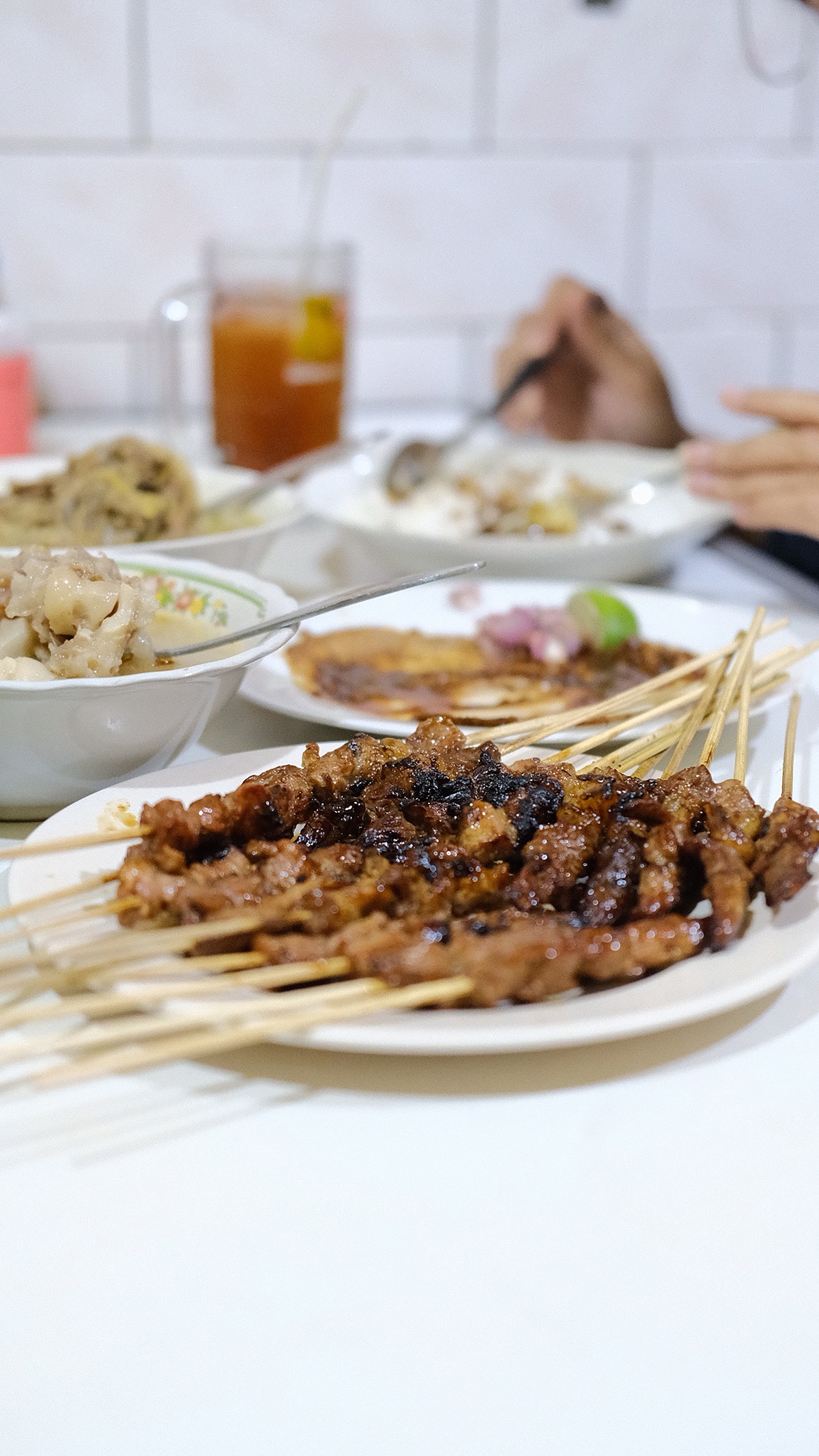
Family favorite: Tujuh Maret
Located on one of the foodiest streets in Amsterdam – Utrechtsestraat – Tujuh Maret is family-run restaurant that’s all about simple, no-frills hospitality coupled with big flavors at reasonable prices.
Compared with some other rijsttafels, the dishes at the spicy end of Tujuh Maret’s offering are properly hot. Their ayam (chicken) in sambal is a particular draw, but might make your eyes water. You have been warned!
Off-the-beaten track: Blauw
Tucked down at the south end of the Vondelpark, restaurant Blauw is a little off the tourist maps but it’s well worth the walk (or the bike/tram ride). Its modern, split-level interior gives it an edge over some of the more traditional Indonesian restaurants. But it’s definitely not a case of style over substance.
Blauw’s rijsttafels come in dozens of boat-shaped dishes, including all the old favorites like its beef rendang – a mild yet delicious curry made with melt-in-the-mouth beef, coconut milk, and fragrant spices. For those with a sweet tooth, Blauw’s “grand dessert” for two people doesn’t disappoint, with classics like spekkoek and mango ice cream, as well as more adventurous flavors like durian parfait and chocolate fudge laced with hot cayenne pepper.
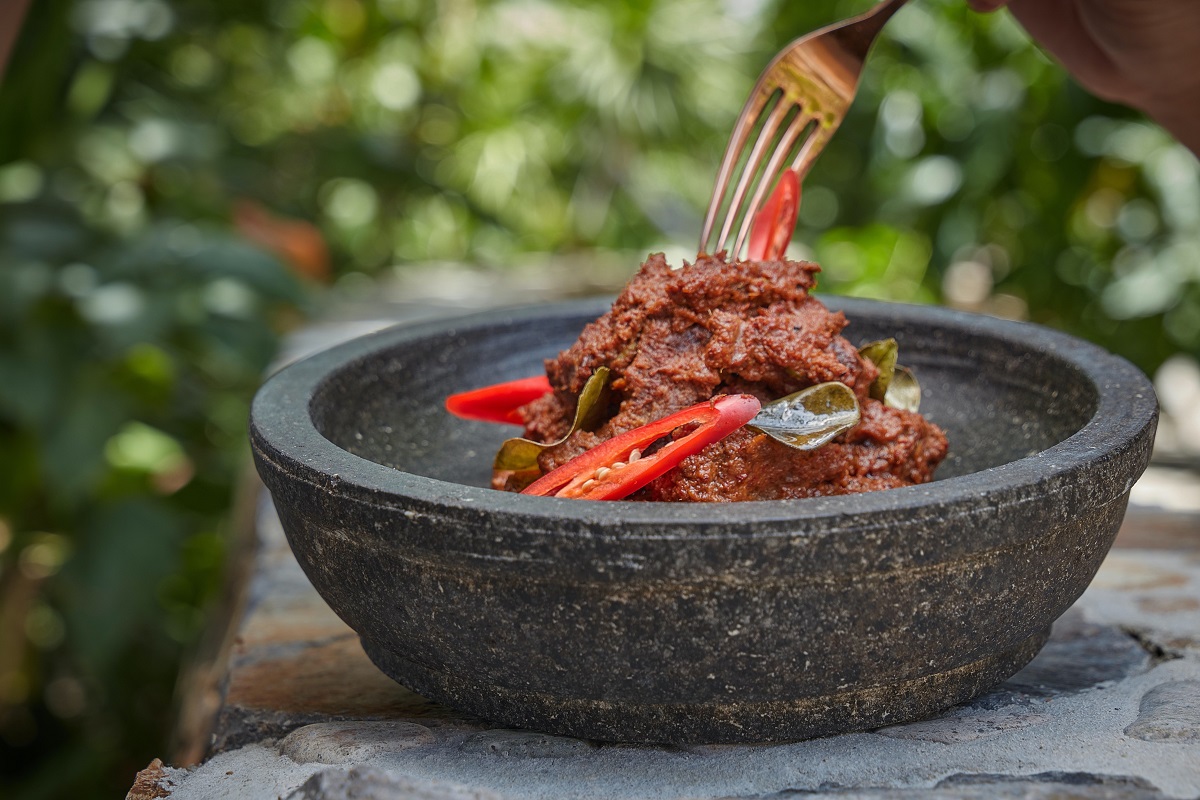
Fine-dining feast: Blue Pepper
While most restaurants in Amsterdam serve their rijsttafel dishes all at once, to be shared family-style, there’s one that’s doing things a little differently. Blue Pepper is arguably the fine dining of Indonesian restaurants, choosing to serve its dishes in individual courses, so you can savor their flavors one by one. Plus, Blue Pepper offers paired wines with each course, if that’s your thing.
Naturally, this level of attention to detail come at a price – the rijsttafel tops out at €75 per person – but you can expect some exquisite dishes in return. Imagine an array of fresh seafood in a citrus-tamarind broth, Balinese watermelon with Indonesian basil foam, and spicy stews ranging from Sumatran beef to Dutch lamb.
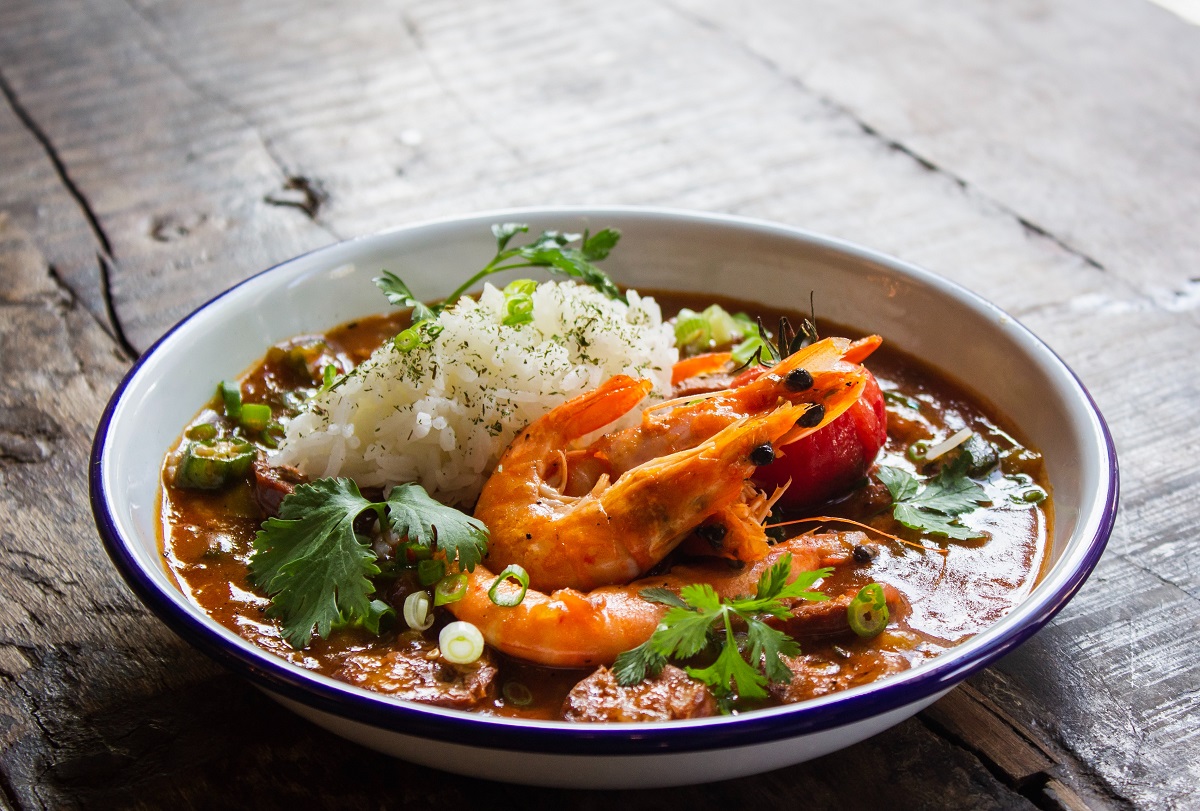
Worth the bike ride: Ron Gastrobar Indonesia
Chef Ron Blaauw, the godfather of cooking in Amsterdam, has turned his hand (and his chef’s knife) to many different ventures in Amsterdam over the years, from fine dining to Chinese. But one of his most successful has been Ron Gastrobar Indonesia at Ouderkerk aan de Amstel – a lovely bike ride down the River Amstel, or a short taxi ride for those feeling less energetic.
In addition to two rijsttafels, diners can try a variety of à la carte dishes, including Udang laut peteh (langoustine with bitter beans), Tahu Telor (tofu omelet with peanut sauce) and five different types of satay, which can be ordered separately or as a “Satasting.” You’ll need the bike ride afterwards just to work off all that food!
Explore International Cuisine Like a Local
Join one of our top-rated food tours that are offered in many cities throughout the world! With the help of our expert local guides, you’ll get to see, hear, and taste your way through these cities and learn about their fascinating histories and cultures.
